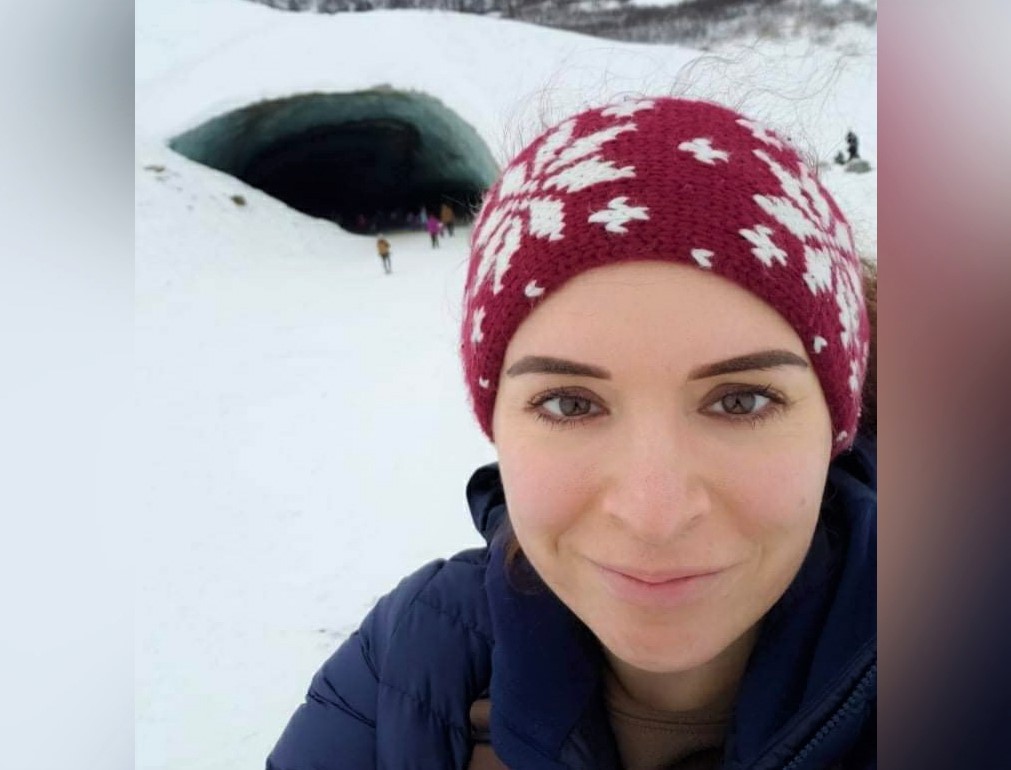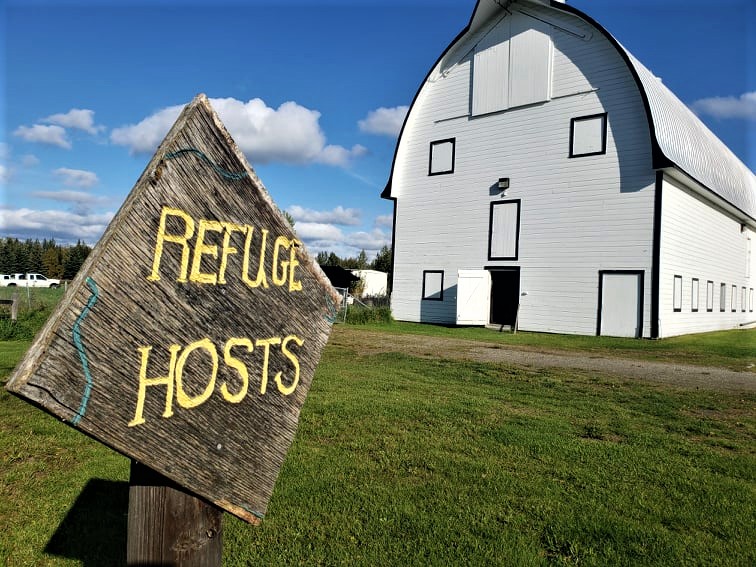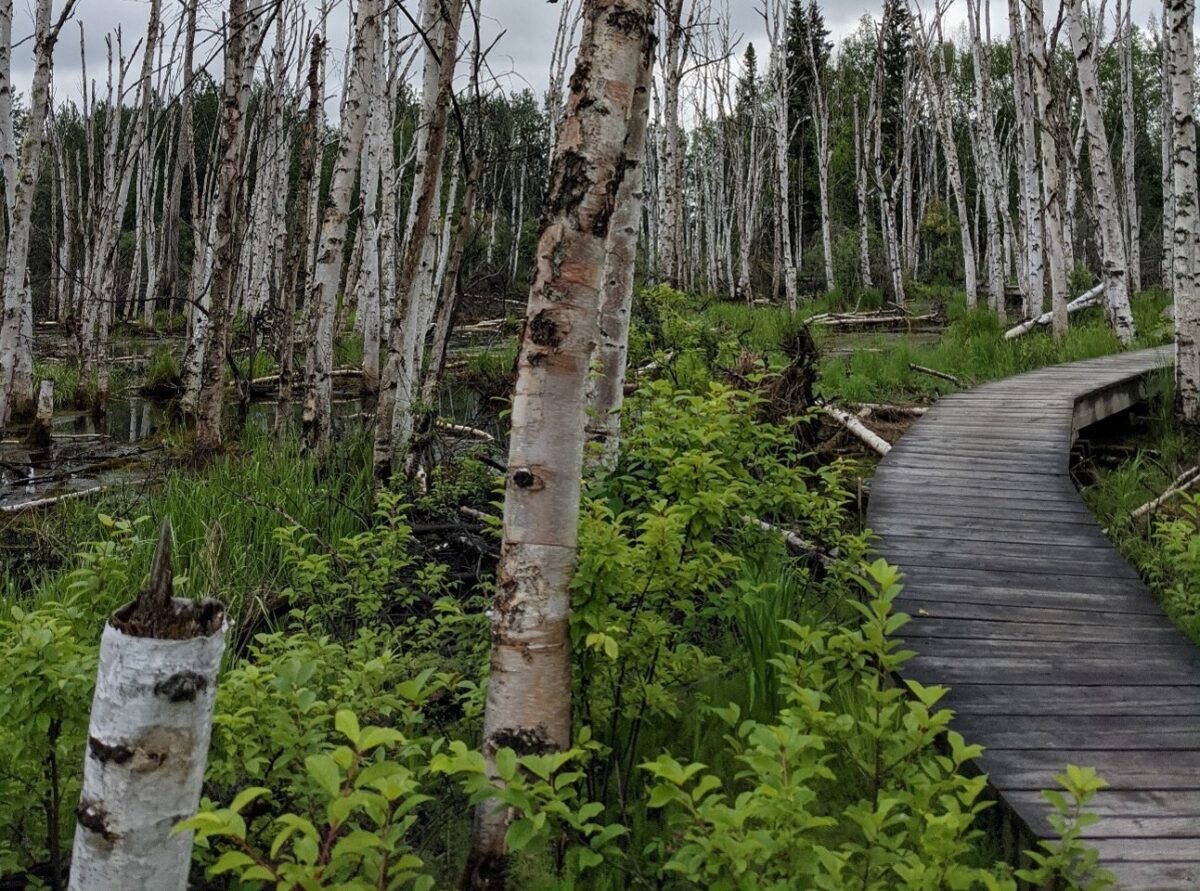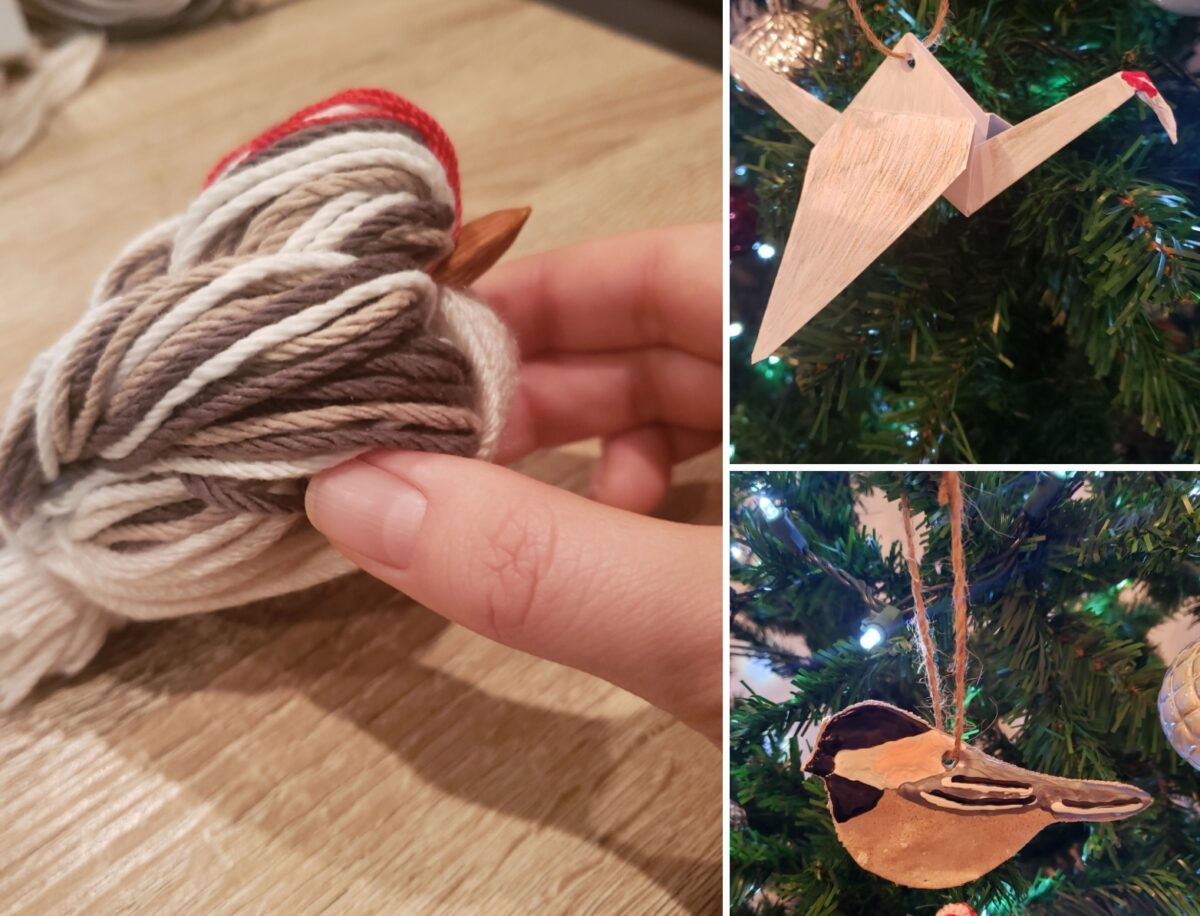Melanie joined the Friends of Creamer’s Field family back in March 2020. She has since been involved in creating outreach content for in-person and virtual programs, along with content for our website and social media accounts. Melanie was raised near Dayton, OH. She grew up playing soccer and spending time outside. She was recruited to play at the collegiate level at Capital University in Columbus. During her studies, she expanded her interests to include environmental science. After marrying husband Nate, she moved west to Olympia, WA to pursue a graduate degree. Her studies encompassed utilizing Geographic Information Systems (GIS) technology for mapping the Earth, science education, program outreach, climate science, and natural resources management. Her favorite outdoor passions include kayaking, hiking, birding, trail running, fishing, and wildlife photography. After earning her Master’s, she had an opportunity to work as an AmeriCorps member alongside the U.S. Fish & Wildlife Service to facilitate shorebird education and outreach at several wildlife refuges in …
Refuge Hosts at Creamer’s Field
Throughout the year, Creamer’s Field Migratory Waterfowl Refuge hosts many resident and migratory birds, mammals, insects, students, scientists, and visitors. On a visit to the refuge, you might have passed the “Refuge Host” sign by the large dairy barn and probably asked: why would this refuge need a host? The farmhouse was renovated in the 1990s to serve as a visitor’s center for the refuge. To ensure that the Farmhouse Visitor’s Center was fully staffed to accommodate visitors, the Refuge Hosting program was set up in 1998. Refuge Hosts serve as volunteers for the Division of Wildlife Conservation of the Alaska Department of Fish and Game. The summer season lasts from May 15 – September 15 and that period is split into three duty periods. Throughout their duty period, volunteering Refuge Hosts stay on site at the RV hook-up area. They provide essential services at and around the 12-acre historic buildings area. Refuge hosts staff the visitor’s center on the …
European Bird Cherry (Prunus padus) and Chokecherry (Prunus virginiana) tree distribution and abundance at Creamer’s Field Migratory Waterfowl Refuge
By Hazel K. Berrios, Natural Resource Technician, and Limor Dubrovsky, Natural Resource Intern, Fairbanks Soil & Water Conservation District Prunus padus and Prunus virginiana (hereafter referred to as Prunus spp.), commonly known as European Bird Cherry and Chokecherry, are native to Northern Europe and across Asia; so how did they get all the way over to Alaska? Both Prunus spp were introduced around 1959 in Alaska by the Alaska agricultural experiment station in Palmer, as an effort to increase tree fruit culture in Alaska. Since then, both Prunus spp. have become common ornamental trees that are planted in residential areas and in public parks. The first collection and record of chokecherry spreading into natural areas was documented by Welsh in 1968 in Palmer. A year later it was documented in the surroundings areas of UAF. Since escaping cultivation, it has spread into native riparian habitats as well as intact forests in the Anchorage, Mat-Su, Kenai, Southeast and Fairbanks areas. Currently, …
DIY Bird Ornament Crafts for the Holidays!
2020 has been a whirlwind to say the least! Unfortunately, we all were unable to gather together this time of year for ornament crafting with our amazing volunteers in the Farmhouse Visitors Center. But that doesn’t mean that our creativity must be stifled when it comes to decorating for the holidays! I have compiled three easy bird ornament crafts that the whole family can create together with the right materials, supervision, and creative inspiration! The first craft is the Origami Sandhill Crane Ornament! Sandhill Cranes are a standout migrating bird that pass through Creamer’s Field during the warmer months. This ornament is sure to be a standout on your tree! Please follow this video tutorial on how to properly fold the paper to create the origami crane! After your paper crane is folded, add physical features so people know it’s a Sandhill Crane! Add the red crown, the yellow eyes, and you can even color orange for the iron rich …
- Page 2 of 2
- 1
- 2




